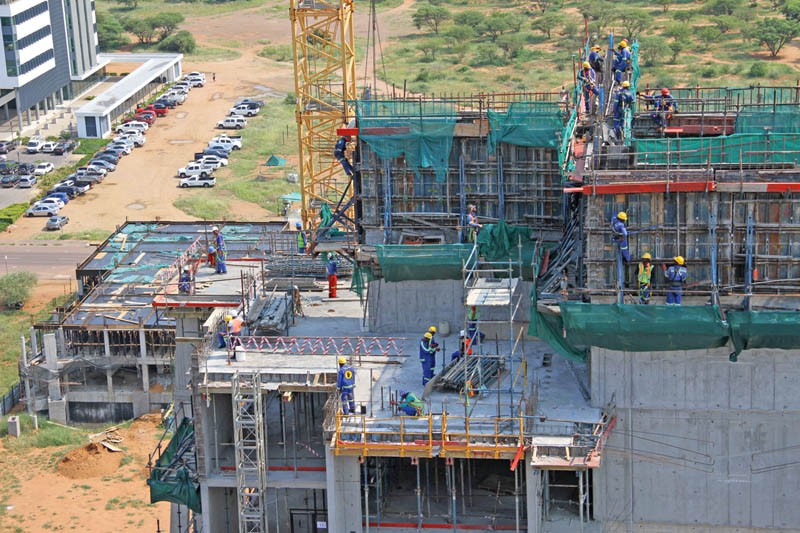Shock as minimum wage rises below 30thebe
Baboki Kayawe | Thursday June 25, 2015 18:03


Government has approved a six percent adjustment of minimum wage for the 2015-2016 financial period across all sectors. A majority of the industries have seen an insignificant P0.29 increment from a P4.86 basic minimum rate to P5.15 per hour.
This transition is noted in the following sectors; building, construction, exploration and quarry industries, wholesale distributive trade, manufacturing, service and repair trades, hotel, catering and entertainment trades, security guards employed by security companies, as well as the Garage, Motor Trade and Road Transport industries.
Retail distributive trade has moved from P4.32 hourly, to P4.58, while watchmen employed in the above-mentioned industries and other sectors have been adjusted from P4.10 to P4.35. This translates into differences of 26thebe and 25thebe respectively.
Security guards employed by security companies have moved from last year’s P4.86 to P5.15. The agricultural sector has transitioned from P550 to P583 monthly presently.
The least increment is in the domestic service sector, which noted a meagre P0.16 movement from the previous P2.70 to P2.86 hourly rate in the current financial period.
Latest employment statistics as contained in the 2014 Literacy Survey suggest most of the above sectors to be leading in terms of labour market absorption.
It found agriculture to be the main employer with 21.8 percent, while wholesale and retail trade came third at 12.9 percent (after public administration with 19.3 percent,) then construction came in fifth at 5.9 percent (following real estate with 8.2 percent).
According to the report, more men than women are employed in the agriculture, construction, manufacturing and transport industries.
“It is worth noting that females dominated in wholesale and trade, hotels and restaurants, finance, health, private households and local government while males dominated in agriculture, mining, electricity and water, construction, manufacturing, real estate, transport and communications,” stated the survey.
Moreover the study found that 874,297 people were in the labour force, representing a 64.3 percent labour force participation rate, compared to the 2013 Botswana AIDS Impact Survey (2013 BAIS IV) that placed it at 69.6 percent.
For both surveys, the participation rate in economic activity is high for young adults, and then gradually declines in older ages.
“There has been some rise in the employed population, as compared to 2013 BAIS IV, from 720,296 to 740,014 in 2014,” the survey stated.
